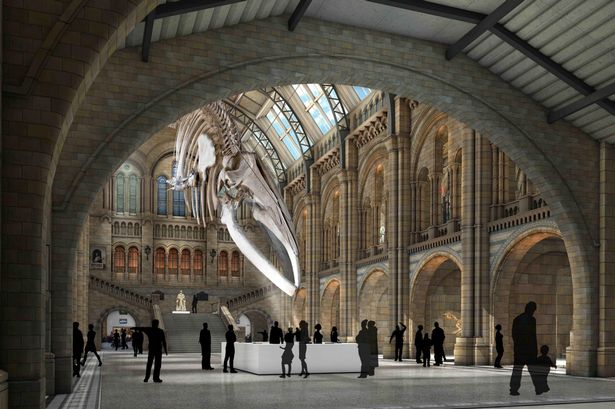Display Dinosaur in Natural History Museum Forced to Retire

Local Editor
The plaster dinosaur skeleton - an icon of the Natural History Museum - that inspired generations of schoolchildren at the London museum is being forced to retire.

Dippy the Diplodocus, is to be moved out of the museum's main hall. The plaster dinosaur skeleton has been a fixture of the London museum for 109 years but is not considered relevant enough to what is happening to the natural world today.
So from summer 2017, he will be replaced by the 83 foot long [25.2 metres] real skeleton of a blue whale, suspended and diving from the ceiling of the Hintze Hall.
The whale, previously the centerpiece of the Mammal Hall, is said to serve as a potent symbol of both environmental destruction and hope for the future.
Meanwhile, there are plans to preserve Dippy at least for a while, possibly by sending him on a tour of the UK.
The change is part of a "decade of transformation" planned at the museum by its director, Sir Michael Dixon.
Explaining the decision, Sir Michael said: "As the largest known animal to have ever lived on Earth, the story of the blue whale reminds us of the scale of our responsibility to the planet".
The female blue whale has been a resident at the Natural History Museum for longer than Dippy, arriving in 1891, just 10 years after the museum opened.
It was found beached at the mouth of Wexford Habour on March 25 1891, after being injured by a whaler.
Source: News Agencies, Edited by website team
Comments
- Related News

Jellyfish Swarm Shuts Down French Nuclear Plant
2 months ago
Young Europeans Losing Faith in Democracy!
4 months ago

